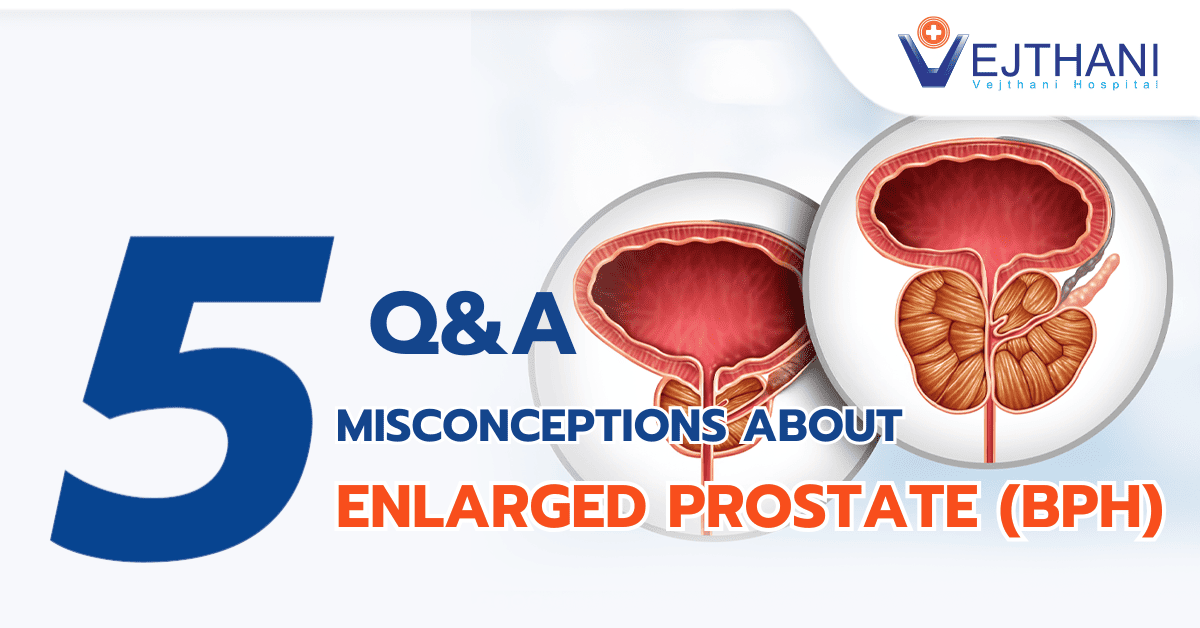
Endometrial ablation
Overview
Endometrial ablation is a medical procedure that utilizes heat, cold, or various energy sources to remove the uterine lining. If you experience heavy menstrual bleeding, your doctor might suggest endometrial ablation as a treatment option. This procedure is generally safer and has fewer restrictions compared to a hysterectomy. However, many patients attempt to manage their bleeding with medication before opting for endometrial ablation. Following the procedure, you may experience no bleeding, reduced bleeding, or no change in your menstrual flow.
Menstrual periods are deemed heavy if they:
- Make you anemic as a result of your monthly blood loss.
- Go beyond seven days.
- Make it difficult for you to carry out your daily tasks.
Types of endometrial ablation
Endometrial ablation comes in several forms, but they all entail destroying your uterus’ lining.
- Microwave: A small applicator releases microwaves that heat and destroy the lining of your uterus. This process takes about three to five minutes.
- Radiowaves (radiofrequency): A wand-like device with a mesh tip expands inside your uterus, allowing radio waves to heat and destroy the lining. This procedure takes approximately one to two minutes.
- Electricity (electrosurgery): A small, tube-like instrument with a viewing lens (resectoscope) is equipped with a wire loop, roller ball, or laser that releases electricity to destroy the uterine lining. The viewing lens helps your doctor see inside your uterus and monitor the electrical currents as they turn parts of the lining into scar tissue. This method is the least common and may require anesthesia, often performed in a hospital setting.
- Heated fluid (hydrothermal): A thin, flexible tube with a viewing lens (hysteroscope) introduces room-temperature saline into your uterus, which is then heated to destroy the lining. This process takes about 10 minutes and is effective for uteruses with irregular shapes.
- Heated balloon (balloon therapy): A small balloon is attached to a thin tube (catheter). Fluid is then pumped through the tube into the balloon and heated. The heat from the balloon destroys the lining it touches. This procedure takes between two and 10 minutes.
- Cold (cryoblation): A tube with a cold tip creates small ice balls that freeze and destroy the uterine lining. This process takes about 10 to 20 minutes.
Reasons for undergoing the procedure
Endometrial ablation can be an effective solution for managing heavy menstrual bleeding when medications fail to provide relief. You might be considered a candidate for endometrial ablation if:
- You are certain that you don’t want to get pregnant and want to have your tubes tied, your partner has had a vasectomy, or you are willing to take birth control.
- Your doctor has ruled out potential causes for your heavy periods, such as cancer or thyroid disease.
Risks
Heavy bleeding can be stopped with endometrial ablation, eliminating the need for daily medication. It’s standard practice. However, the process does result in tissue destruction, therefore there are risks:
- Severe bleeding.
- Making uterine punctures.
- Injuries to organs close to the uterus.
- An allergic reaction.
The technology designed to turn healthy tissue into scar tissue is precise, ensuring that only a safe portion of the uterine lining is destroyed.
Before the procedure
Your doctor will confirm that endometrial ablation is the best course of action for minimizing your bleeding. In the course of this assessment:
- Your doctor will review the medications you take. It is important to confirm that you are not taking any medications that could interfere with the surgery (such as blood thinners).
- You will undergo a pregnancy test, as it is crucial not to be pregnant during an endometrial ablation.
- To get a better look at your uterus, your doctor may arrange a Magnetic Resonance Imaging (MRI) or ultrasound.
- In order to rule out cancer and check for abnormal cells in your uterus, your doctor could do a biopsy.
On the day of your endometrial ablation, you’ll get ready.
- Taking medication that thins the lining of your uterus may be necessary, depending on the type of endometrial ablation.
- Make arrangements for a ride thereafter.
- Aim to fast for eight hours prior to the surgery.
During the procedure
Endometrial ablation can be performed either in a doctor’s office or in an operating room. You will be given a gown and an IV, and you’ll position yourself on a table as if undergoing a pelvic exam. To help manage any discomfort after the procedure, you might be given medication about an hour beforehand. Depending on the specific type of endometrial ablation, your doctor may numb your pelvic area and administer sedatives to ensure you feel no pain or discomfort during the procedure.
During the procedure, your doctor inserts a thin, wand-like device into your vagina, which passes through your cervix and into your uterus to reach the uterine lining. The device then delivers energy, heat, or cold to destroy part of the lining, based on the type of endometrial ablation being performed. This technology allows the procedure to be quick, with minimal or no discomfort.
After the procedure
Get a family member or friend to drive you home. Become acutely aware of your body. It’s likely that you will experience some changes following the endometrial ablation. There’s no reason to be concerned; they are typical.
- You might have mild nausea.
- The first day following the surgery, you might need to urinate more.
- After an endometrial ablation, you can experience cramps that resemble your menstrual cycle for one to three days.
- For a few weeks following, you can have pink discharge or minor bleeding. It often peaks on Day 2 and 3 following the operation. The uterine lining that was destroyed is bleeding.
- Allow yourself time to recover. For the first three days following the surgery, refrain from using a tampon or douche.
Outcome
In two to three days, you should feel like yourself again and be able to resume your regular activities. It will become noticeable that your periods are lighter after two to three months. There is a possibility that your periods may cease altogether.
Contact Information
service@vejthani.com






















